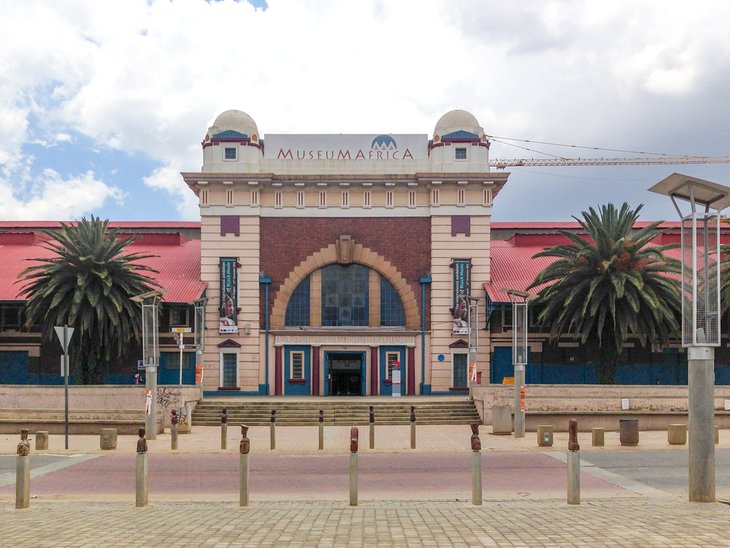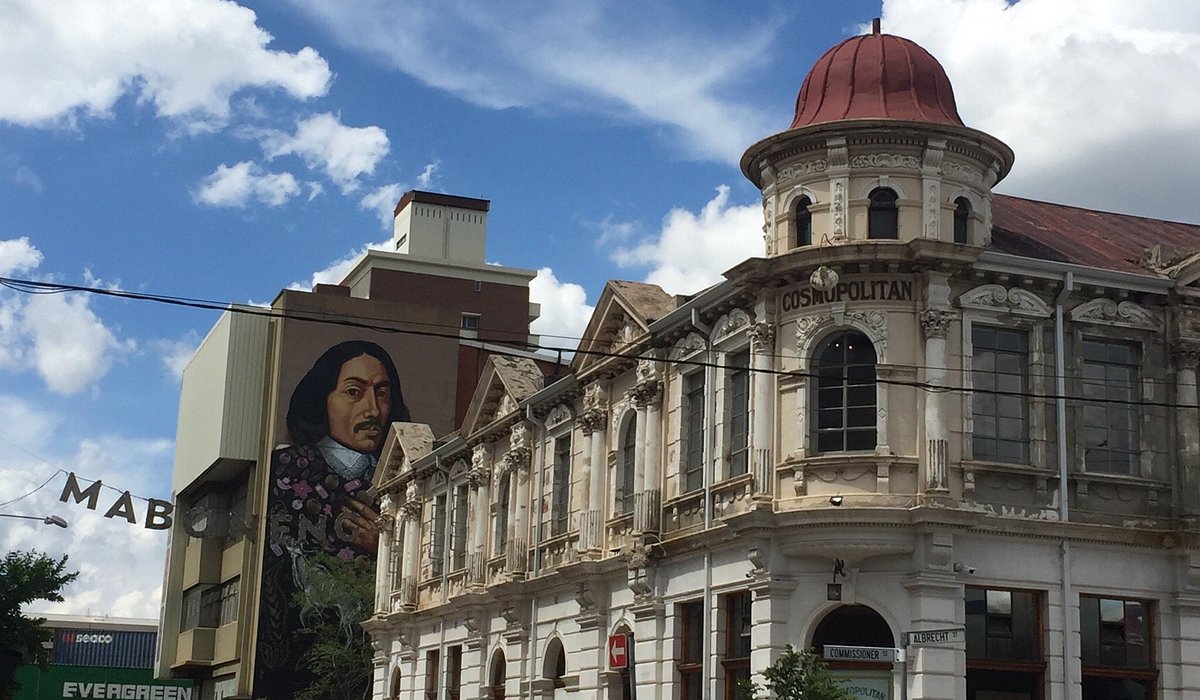The Johannesburg North Attractions Statements
Wiki Article
The Greatest Guide To Johannesburg North Attractions
Table of ContentsSome Known Facts About Johannesburg North Attractions.Some Known Details About Johannesburg North Attractions The 5-Minute Rule for Johannesburg North AttractionsThe Basic Principles Of Johannesburg North Attractions How Johannesburg North Attractions can Save You Time, Stress, and Money.Not known Incorrect Statements About Johannesburg North Attractions
The city owes its place to the existence of a a lot more valuable source: gold. The city expanded on the side of the Witwatersrand Main Reef, a below ground stratum of gold-bearing quartz-silica conglomerate that arcs for hundreds of miles below the Highveld. Most of the gold mines in the city ceased operation in the 1970s, but in its day the Witwatersrand gold sector represented more than 40 percent of the world's yearly gold manufacturing.Johannesburg has a pleasant climate. Summertime temperature levels average about 75 F (24 C); winter months temperatures average concerning 55 F (13 C) and just sometimes dip below cold. The city enjoys about 8 hours of sunshine per day in both winter months and summer season. Rain averages about 28 inches (700 millimetres) per year, however the overall varies considerably from year to year.
What rain the city gets falls almost specifically in the summertime months, typically in spectacular late-afternoon electric tornados., where numerous citizens still count on coal for gas.

The Greatest Guide To Johannesburg North Attractions
The equilibrium of the city is inhabited by whites. Lodging varies in personality and top quality. Soweto is infamous for its endless rows of municipally developed, two-room matchbox homes, yet it likewise has a couple of thriving enclaves as well as brimming squatter camps, where 10s of thousands live without water, power, or sanitation facilities.Physical growth, although somewhat limited by transportation, proceeded quickly as migration to South Africa, and Johannesburg particularly, boosted drastically. This trouble was addressed in the 1930s when the automobile was introduced in automation to South Africa. Autos were, generally, constrained to the affluent, and allowed them to transfer to the north of the city and commute into the centre.
Many bad residential areas were blended, with inadequate blacks and whites cohabiting, although the affluent suburbs were typically reserved for whites. This transformed with the election of the National Event in the 1948 political elections, who started to formalise the system recognized as apartheid. Apartheid officially marked which residential areas each race could live in under the Group Areas Act.
The previous system of eleven phoned number areas was reorganised in 2006. Marshalltown, as seen from the top of the Carlton Centre. The M1 and M2 run behind the buildings, and the southern suburbs expand past the freeway limit. The central city of Johannesburg lies within the city's Area F. The number of people living in the internal city on an informal basis is unknown, as many check this are unlawful immigrants. The joblessness, education and learning, and age accounts of the location are all unknown, due to the difficulty of getting trustworthy details about the area.
Johannesburg North Attractions Fundamentals Explained
Yeoville and Bellevue have a mix of apartment buildings and single household systems on tiny whole lots. The area is located on a mountainous divide that runs from east to west. The most obvious geographic attribute is Observatory Ridge, which is named for the big observatory located on it. The recreational rooms are no more utilized, due to safety and security problems.
Facts About Johannesburg North Attractions Uncovered
R. Tambo International Airport). The eastern suburban areas are a few of the oldest locations of Johannesburg, there are large areas of Jewish and various other European histories, the majority of the population is English speaking. There are 3 golf courses in addition to a variety of secured ridges with viewsites. There are several strong and up-market home entertainment and buying areas in the eastern such as the Eastgate Mall and the Greenstone buying centre.The area is mostly composed of old "matchbox" houses, or four-room houses developed by the federal government, that were developed to give cheap accommodation for image source black employees during apartheid. Soweto is an acronym, meaning "South Western Townships". Street after road around is lined with matchboxes; nevertheless, there are a couple of smaller areas where thriving Sowetans have constructed houses that are more similar in stature with those in more wealthy suburban areas.
Hostels are one more noticeable physical function of Soweto. Initially constructed to house male migrant employees, lots of have been enhanced as dwellings for pairs and households. The N1 Western Bypass skirts the eastern limit of Soweto. The residential area was not traditionally allowed to create work centres within the area, so mostly all of its homeowners are travelers to other parts of the city.
The Only Guide for Johannesburg North Attractions
The residential locations in the northern residential areas are mostly formal, with no significant areas of casual housing, or housing that lacks a long-term structure. This is a well-known area, there is a trend of land usage adjustment from residential to business, particularly along primary arterial roads and around well established nodes.The location is well linked to road networks, specifically along the north-south axis formed by the M1 and N1. Roadways to the east and west are less well created, as there are no freeways travelling because direction. In the direction of the northern border of the city, the density of growth reduces, leaving large areas of untaught land around Midrand.
Some Of Johannesburg North Attractions
The very first residential area to the north of the inner city is Parktown, which lies on a hillside overlooking the inner city and Hillbrow. It has lots of wealthy homeowners and Edwardian-style manors, as well as the Education and learning and Medical official website schools of the University of the Witwatersrand. The large concrete Charlotte Maxeke Johannesburg Academic Healthcare Facility controls the sky line of Parktown.Report this wiki page